For the growth of a business, understanding the difference between advertising and marketing is crucial. These terms are often used interchangeably due to some similarities. However, both play different roles in attracting customers and driving sales. Whether launching a new product, building your brand, or expanding your reach, mastering the art of advertising vs marketing is key. This article covers the core difference between marketing and advertising and explores how to integrate both effectively for long-term business success!
Part 1. What Is Marketing? (Definition & Scope)
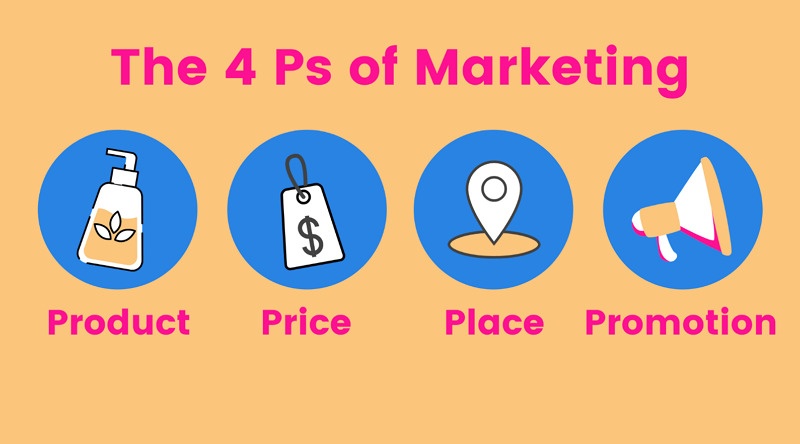
To understand marketing vs advertising, it is essential to start with a clear marketing definition.
Marketing is a continuous procedure of ensuring your product or service is pleasing to your target audience. It is a strategic effort that begins with creating awareness and continues through customer acquisition, retention, and after-sales support. In today's competitive environment, marketing involves understanding customer needs, building trust, and delivering consistent value.
Marketing covers various activities, including branding, market research, positioning, pricing, and more, all working together to create a narrative around a product or service. In fact, advertising is just one part of the overall marketing strategy. Marketing is built around the 4 Ps:
Product – The product your business provides to solve particular problems or fulfil the desires of your ideal customers
Price – The value exchange and pricing strategy to reflect your product's value while ensuring profitability
Place – Where and how your product is sold or delivered to consumers
Promotion – The tactics used to promote and communicate the benefits and uses of your product
For service-based businesses, the mix expands to the 7 Ps, adding:
People – Qualified, competent staff who represent your brand and deliver the service experience
Process – The operating procedure to show customers what they will receive on purchasing your service
Physical Evidence – Tangible proof of service quality, such as analytics reports, case studies, or client testimonials
Part 2: What Is Advertising? (Definition & Scope)
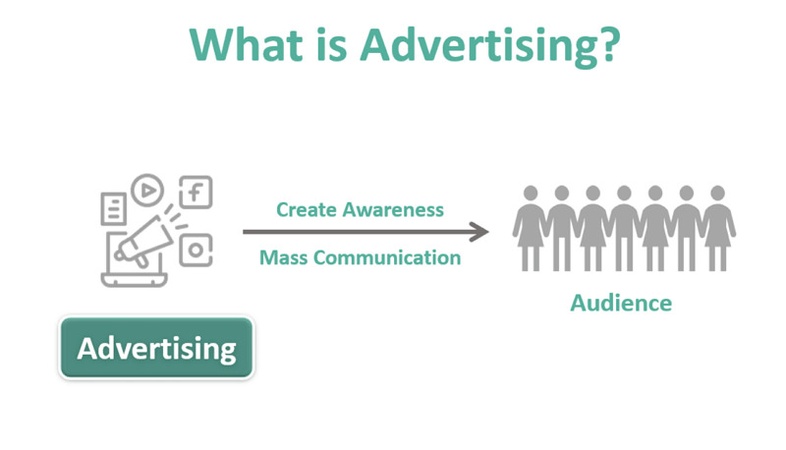
Now, let's come to the advertising definition. Advertising is a powerful component of marketing focused on promoting products or services on paid media channels. It supports broader marketing goals by increasing brand visibility, generating leads, and driving sales.
The primary goal of advertising is to grab attention quickly and deliver a persuasive message that leads to a direct response, such as making a purchase, signing up for a service, or visiting a website. It focuses on getting your message in front of the right people through various formats, from traditional TV and print ads to modern digital methods like search ads, native ads, YouTube ads, social media ads, and podcast sponsorships.
Advertising is typically paid, although some organic tactics, like unpaid social media posts, can also play a supporting role. Its goals may include launching a new product, running promotional offers, or building long-term brand recognition. One of its key advantages today is measurability. With digital ads, you can track clicks, conversions, and audience behaviour to optimize your campaigns continually.
Beyond promotions, advertising helps:
Boost brand credibility
Create awareness of customer needs
Build a strong sales funnel
Reach specific target audiences
Use storytelling to highlight product benefits
If marketing defines your brand's message, advertising delivers it. It involves creative processes such as copywriting, visual design, video production, and ad placement across multiple platforms.
Part 3: Key Differences Between Marketing and Advertising
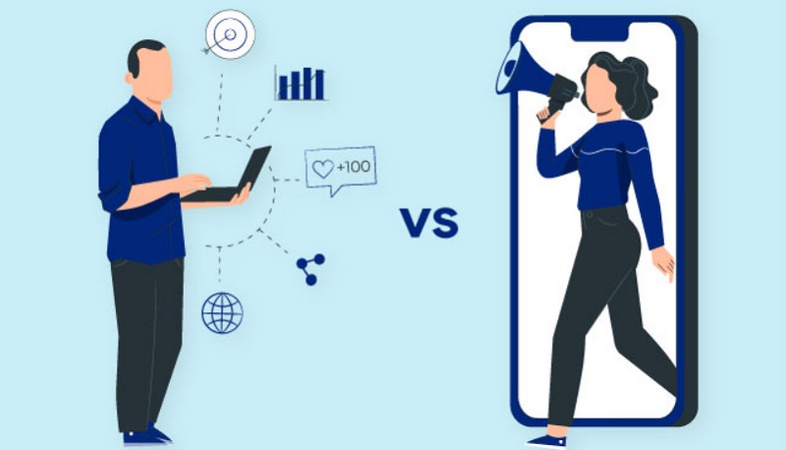
Advertising and marketing may appear similar at a glance, but they differ significantly in scope and execution. So, let's learn about the difference between advertising and marketing to build an effective business strategy:
Cost: Advertising is often one of the most expensive parts of marketing due to the cost of media placements. In contrast, marketing involves both paid and organic efforts, making its costs more variable.
Time and process: Marketing is long-term and includes research, planning, and brand development, while advertising is shorter-term and focused on promotion. Marketing studies audience needs; advertising defines and communicates the product to them.
Measurement: Marketing success is often tracked through brand awareness and engagement, while advertising is measured by conversions and direct sales.
Aspect: Marketing includes the 7Ps—product, price, place, people, promotion, process, and physical evidence, while advertising focuses solely on the promotion element through paid channels.
Focus: Advertising is focused on getting the public's attention and driving sales, while marketing is focused on building a product for the market and raising awareness.
Advertising allows for complete control over messaging, unlike public relations or organic brand mentions in marketing.
In short, marketing builds the foundation, i.e., research, strategy, and long-term customer relationships, while advertising delivers the message that captures attention and prompts action. Knowing the difference helps businesses plan smarter and perform better.
Part 4: How to Integrate Marketing and Advertising for Business
To drive meaningful results, businesses must learn to incorporate advertising in marketing. Here are some methods to create a combination of the two:
Define Clear Goals:
First of all, set specific, measurable, relevant, and achievable objectives for both marketing and advertising efforts. This will help align campaigns and track success effectively.
Identify Target Audience:
You need to learn about your ideal customers through market research and buyer personas. Knowing your audience allows you to tailor messaging and channels accordingly.
Unified Brand Messaging:
Always ensure your advertising aligns with your overall brand voice and marketing strategy. This strengthens brand recognition and builds customer trust.
Omni-channel Strategy:
For a cohesive brand presence, try leveraging multiple channels like SEO, email, social media, and paid ads. This approach increases reach and customer engagement.
Content Planning:
Strategically create content that serves both educational and promotional purposes. Blend organic content with paid promotion to increase visibility and authority.
Audience Targeting:
Use insights from your marketing data to refine ad targeting and segmentation. This helps your advertisements reach the most relevant and responsive audiences.
Performance Tracking:
You should monitor KPIs like ROI, conversion rates, and engagement across marketing and advertising. Regular analysis enables continuous improvement and smarter budgeting.
Another effective way to supercharge marketing and advertising efforts is through multilingual content creation. BlipCut AI Video Translator enables brands to generate localized marketing & advertising videos in multiple languages and accents, making it easier to reach a wide range of audiences with precision and cultural relevance. Thus, businesses can maintain consistency across both advertising and marketing efforts while tailoring messages to different markets.
Conclusion
In this dynamic business world, understanding marketing versus advertising is essential. While both work toward similar goals, they play different roles in the customer journey.
However, besides recognizing the difference between marketing and advertising, the most successful businesses also understand how to integrate them seamlessly. You can also generate multilingual marketing and advertising content with BlipCut AI Video Translator to reach a broader audience and fuel business growth.
Leave a Comment
Create your review for BlipCut articles





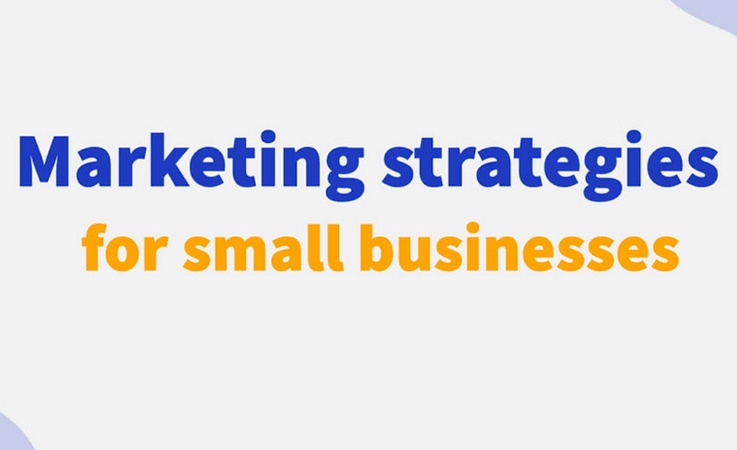

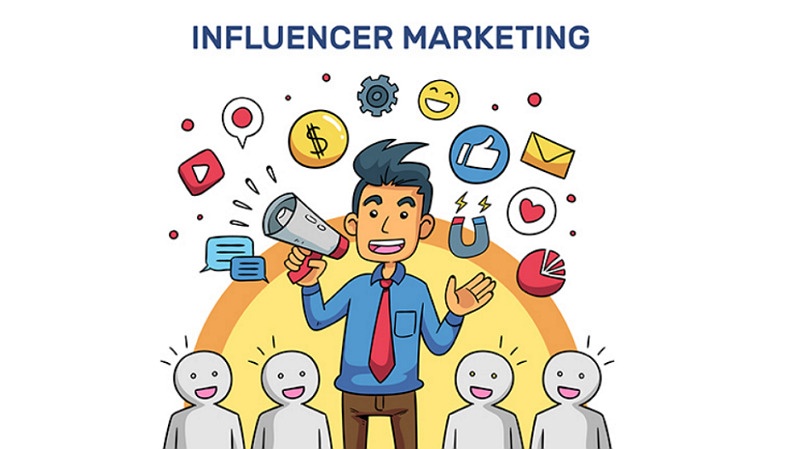
Blake Keeley
Editor-in-Chief at BlipCut with over three years of experience, focused on new trends and AI features to keep content fresh and engaging.
(Click to rate this post)